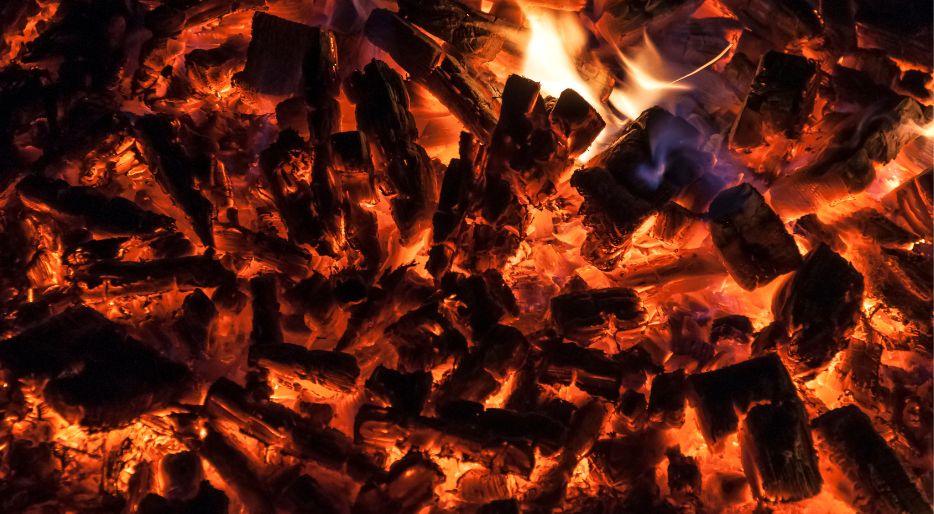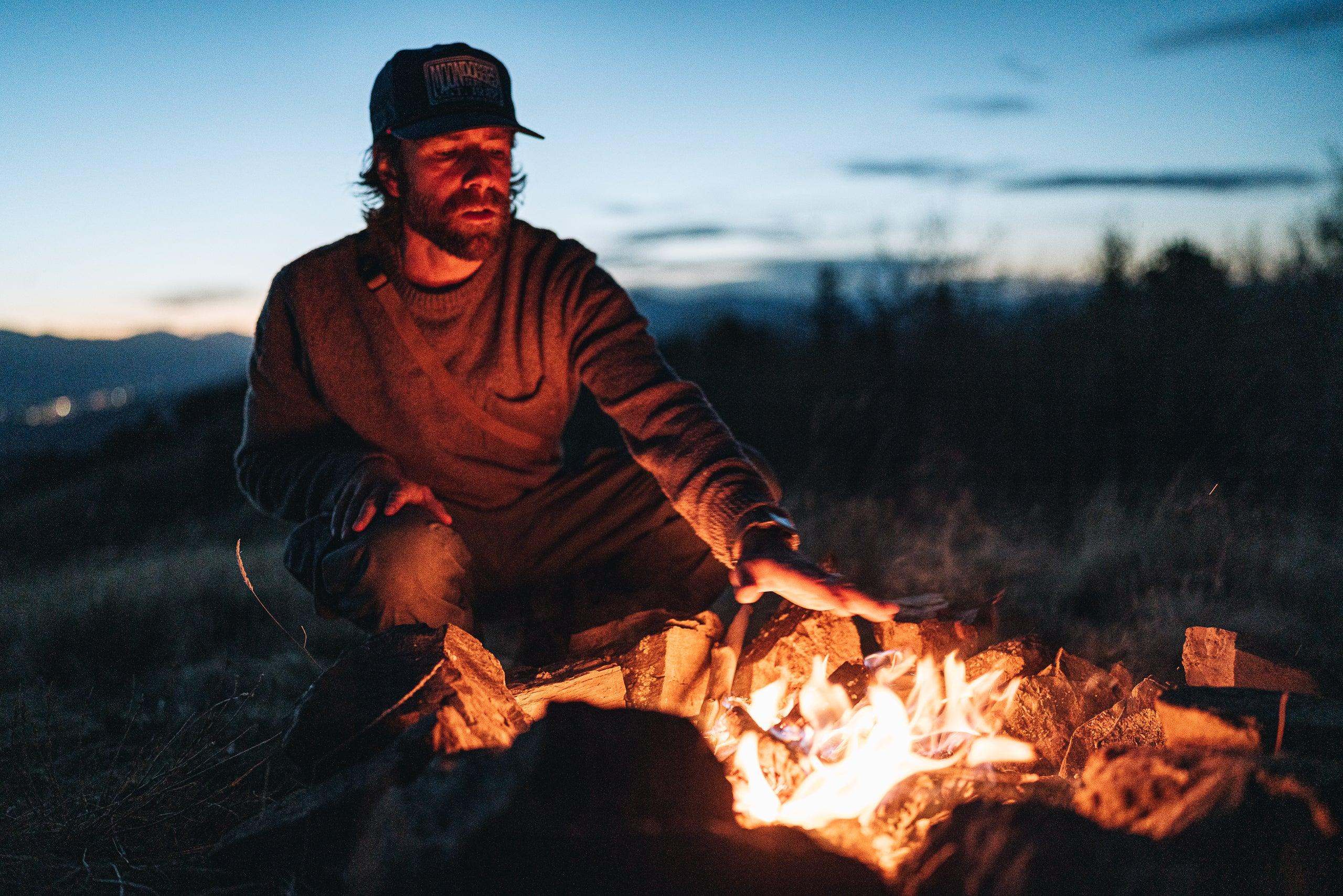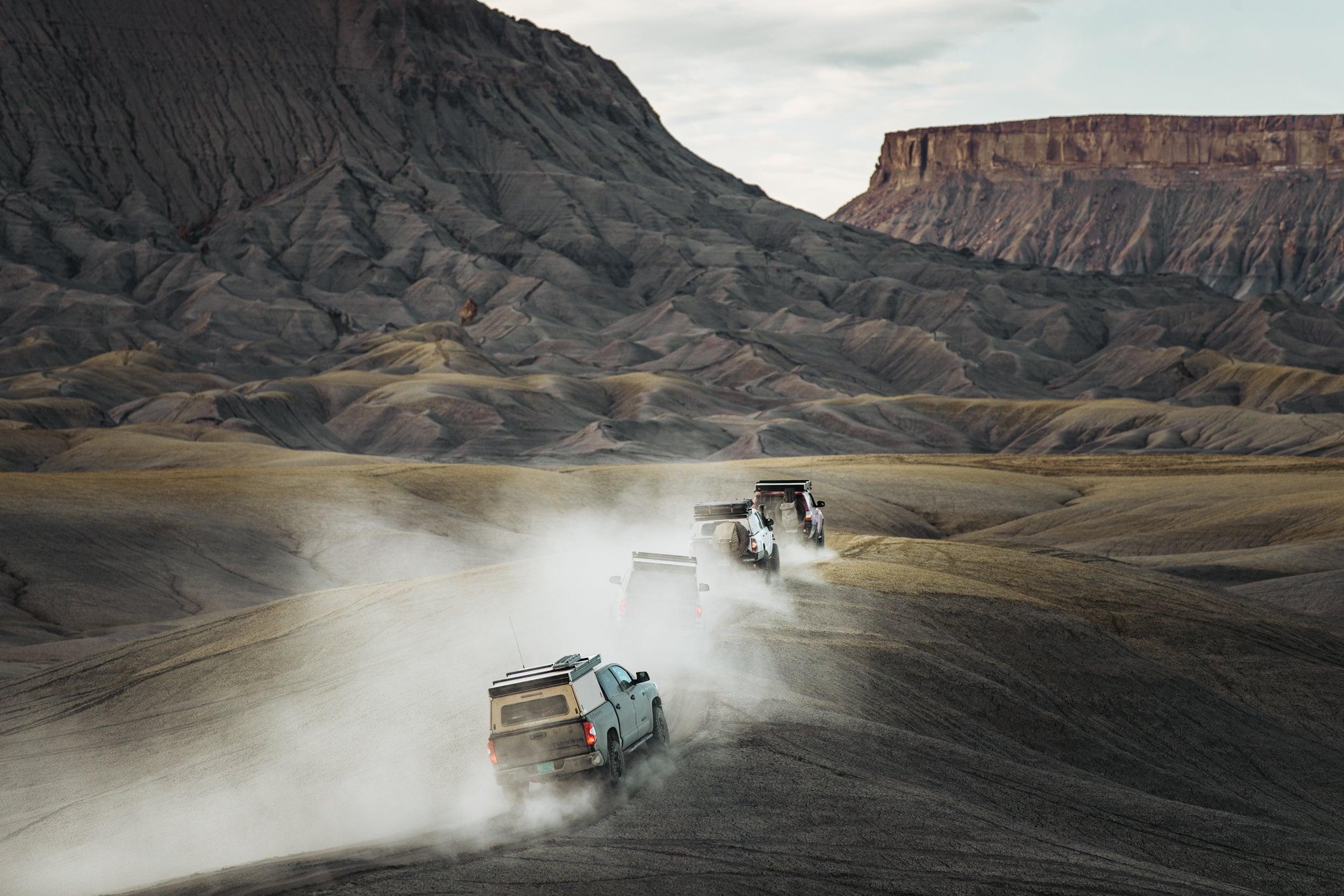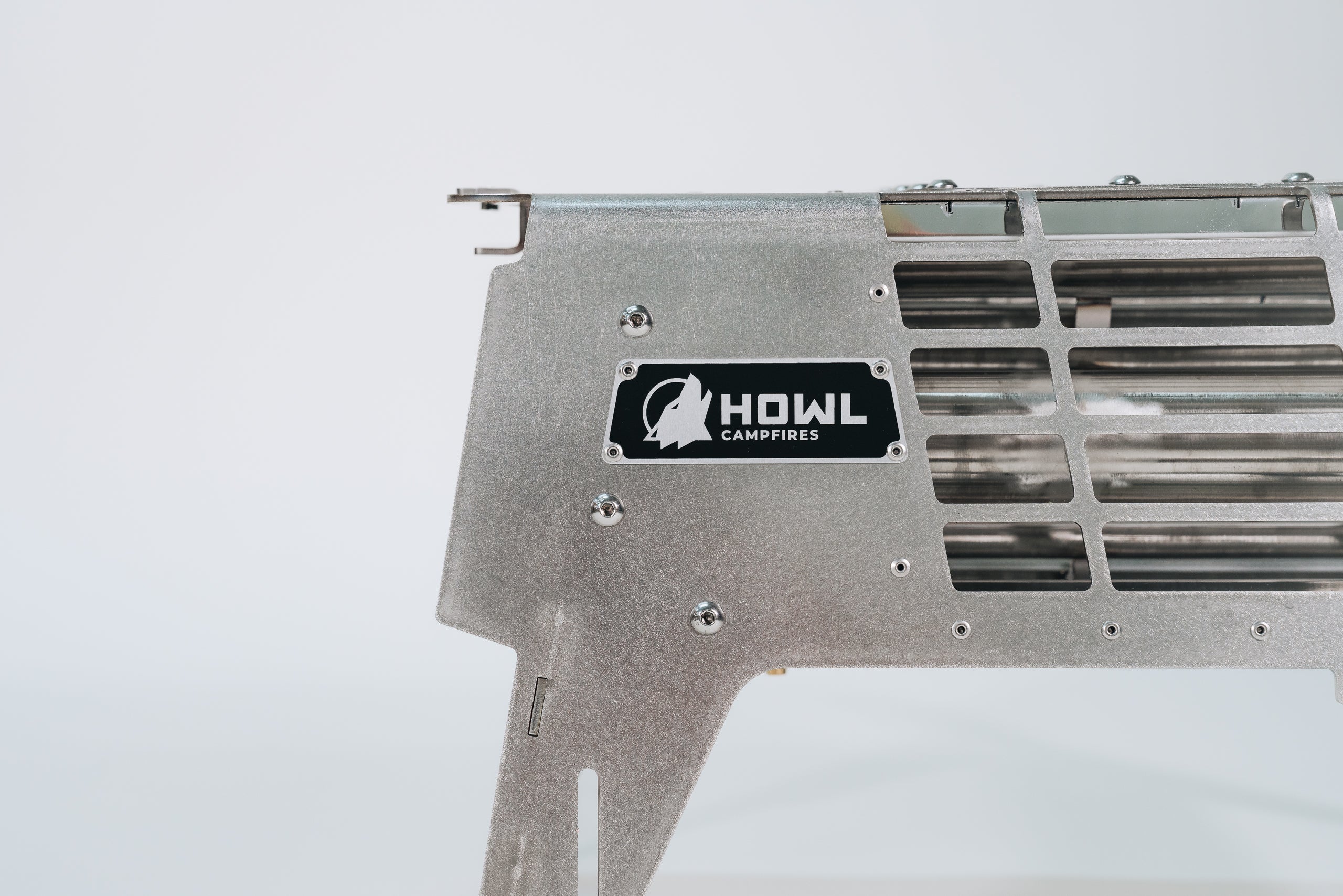This is the second email we ever sent out. We'd invented a new technology, and we wanted to tell anyone who was willing to listen. This is the story, step by step, of how we took the HOWL from idea to market...
Howdy folks!
Which is warmer, a wood fire or a propane fire?
Well, think back to your last wood fire. At the end of the night, you were basking in the warmth of the dying fire. The coals rippled red, and you sat totally warm under a glittering expanse of stars.
But if you’ve ever camped with a propane fire pit, you already know how cold you get around them.
Of course, burn bans prohibit wood fires. But UL-certified propane fire pits, are usually still allowed because they’re safer for forests.
We were camping all the time in burn bans, but we were tired of freezing our asses off. We tried every single propane fire pit we could get our hands on, but not a single one of them was warm.
And that got us asking, Why?
Why are wood fires so warm, while propane fires are so cold?
They both have flames, so you’d think they would both be able to keep you warm.
Yet in every situation, even our smallest wood fires could keep us warm, while even the biggest, most fuel-crushing propane fire pits never did. And that means wood fires have something that propane fires don’t.
When you’ve just started a wood fire, it will have a lot of tall, bright yellow flames. But at that point, you won’t actually feel much heat. Sure, if you put your hands over the flames, you’ll feel the hot, smoky air. But if you stand back from a young fire, you won’t feel much heat at all.
A few hours later, you’ll have a thick glowing coal bed. If you stop adding wood, eventually, there won’t be any flames at all, just coals. But even without flames, you’ll be so hot that you feel like you’re melting. You’ll have to back away, or at least turn to toast your backside.

So it occurred to us: flames don’t actually make you warm. Whether they come from a wood fire or a propane fire, they are just bright, shiny objects. And that only led to more questions.
What are flames made out of, anyway? And if they’re so hot, why can’t they warm you up?
To make flames with a fuel like propane or wood, you have to burn it. Essentially, you have to get the fuel so hot that its molecules break apart, and you have to have oxygen at the ready for those broken molecules to recombine with. That process produces two things: heat and exhaust gasses.
Now for a split second, those exhaust gasses will be hot enough to light up, and that illuminated zone of gas appears as flames. As soon as that exhaust cools, it no longer lights up, but you can usually still see it rising as smoke.
So that’s what flames are made out of: Hot gas. They’re just a bunch of hot air!
If you could keep and contain that hot air, like somewhere indoors, then it would work pretty well for warming up your body. But when you’re outside, hot air doesn’t stick around. It’s less dense than the cold air around it, so it just rises straight out of your camp, up into the sky, and blows away.
So there you have it. That’s why flames can’t keep you warm, and it’s why every propane fire pit you’ve ever used leaves you cold. Traditional propane fire pits only make hot air.
What do wood fires have that propane fires don’t?
Remember the thigh-melting heat you got from a dying wood fire? That’s your answer. It’s wood coals that make you warm.
At the end of the night, for as long as the coals keep glowing, you can stay out completely comfortable and cozy. But as soon as they lose their glow, you lose the heat. So it’s the glowing of the coals that’s the secret.
Unlike flames, coals don’t warm the air. Instead they shoot out intense rays of light in the infrared spectrum, just like the sun. Those rays pass straight through the air without losing energy. But when they hit a solid object like your body, you absorb their energy, and that raises your body temperature.
Since infrared rays are lightwaves, they work by line of sight. They cut straight through wind, rain, snow, and cold air, so they work to make you warm no matter the weather.

[Infrared testing of the first BarCoal prototype straight tube. It only reached 950ºF.]
The BarCoal technology we’re developing here is designed to put out the exact same infrared heat as wood coals. If we pull it off, the HOWL will be the world’s first propane campfire that makes you warm like a wood fire does.
Lots more on that soon. But for now…
Keep carrying the fire,
Randall, Kelly, Nicholas and Alex





